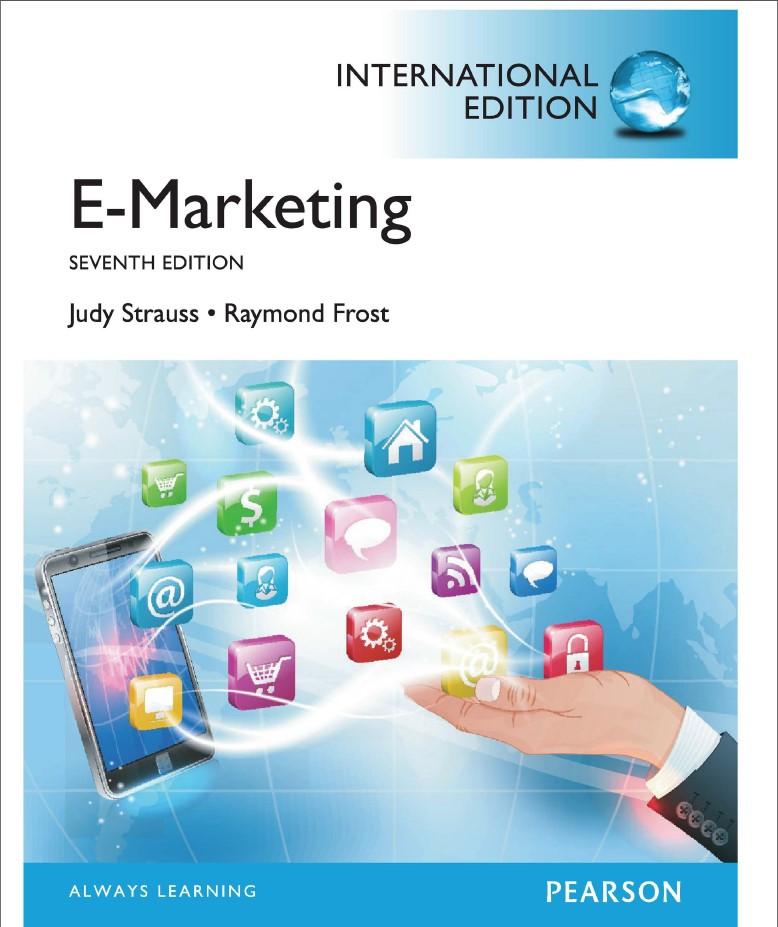



Clearly solve the following questions.,,,
Date GDP Gap Inflation rate Jul-78 1.13% 6.68% Apr-97 0.13% 1.94% Oct-01 -1.05% 1.76% Jul-09 -7.17% 0.99% Apr-15 2.93% 1.29% Refer to the table above. Suppose the ideal or target inflation rate is 2%, the equilibrium real Federal Funds rate is 2% and policy makers place equal weight on the inflation gap and output gap, or w1 = w2 = 0.5. Calculate the value of the target Federal Funds rate predicted by the Taylor rule in July 1978. Answer in %, but do not enter a "%" sign.Question 1 (10 points) 1. (6 points) According to mainstream macroeconomics, one appropriate response to an overheating economy is for the Federal Reserve to decrease the money supply. a. Is the above statement TRUE or FALSE? b. Support your response in (a) by answering the following questions. . What kind of monetary policy tool the Fed would use to combat an overheating economy? . Describe what is the effect to the federal funds rate and the short-term interest rates? . Describe how open market operation will affect bank reserves, federal funds rate, bank loans, money supply, and aggregate demand in the economy with your response in (a). 2. (4 points) Is the Fed conducting contractionary or expansionary monetary policy in response to the most recent economic events? Explain briefly the challenges that our economy is facing with the current monetary policy,12. The economy of Elmendyn contains 2,000 $1 bills. a. If people hold all money as currency, what is the quantity of money? b. If people hold all money as demand deposits and banks maintain 100 percent reserves, what is the quantity of money? c. If people hold equal amounts of currency and demand deposits and banks maintain 100 percent reserves, what is the quantity of money? d. If people hold all money as demand deposits and banks maintain a reserve ratio of 10 percent, what is the quantity of money?Question Three Suppose that two balanced dice are rolled. Determine and sketch the probability distribution of each of the following random variables. 1. Let X denote the absolute value of the difference between the two numbers that appear. 2. Let Y denote the product of the two numbers that appear. 3. Let Z denote the number of even numbers that appear. Question Four Suppose that you have just purchased a new battery for your smoke detector, and the life of the battery is a random variable X, with pdf fx(x) = ke-=/8, where r E (0, co). Assume that t and s are real non-negative numbers. 1. Use the properties of a pdf to find the value of k. 2. Find an expression for P(X 2 t). 2 3. Find an expression for P(X 2 t + s|X 2 8). 4. Suppose that your batteries have lasted s weeks without dying. Based on your above answers, are you more concerned that the battery is about to die that you were when you first put it in? Question Five Suppose we investigate the pattern of genetic inheritance for the color of an exotic flower which has either blue or red blossoms. Since the flower lives in a close symbiotic relationship with the very shy squirrel monkey which can't be held in captivity, there is no way of doing a controlled laboratory experiment to answer the research questions. Each flower carries the color genes of both its "father" and its "mother," so its genetic information can be described as a pair of genes (GM, GF) as given by the following table: "Father" B R "Mother" B (B,B) (B,R) R (R,B) (R.R) The phenotype corresponding to red blossoms, R, is said to be dominant if any flower which contains at least one gene of the R type (e.g. the combination (R,B)) has red blossoms. Either the blue or the red phenotype is dominant, but before having seen a single specimen of the flower, we think that each possibility is equally likely. 1. Suppose we know beforehand that the R and the B alleles are equally frequent, i.e. Pi(B) = Pi(R) = } for i = F, M, and independent across the "parents," i.e. PFM(GF, GM) = PF(GF)PM(GM). If the blue phenotype B is dominant, what is the probability that a given specimen of the flower has red blossoms? What is the probability of red blossoms if the R is dominant? 2. It takes a lot of effort to find a single specimen of the plant, so all a well-funded two-month expedition by a team of MIT botanists to the Amazon could gather was a sample of 15 flowers. If R is dominant, what is the probability of 9 out of the 15 flowers having red blossoms? 3. Our expedition did in fact return with a sample of 9 red and 6 blue blossoms. Given that, what is the likelihood that the red phenotype is dominant? 4. At the same time, there is a lonely graduate student working in the same area for two entire years on the same research question. The graduate student is totally cut off from the outside world and doesn't know about the other expedition's findings yet, but bases his inference solely on his own sample. What is his posterior probability of R being dominant given that he found N flowers, out of which z have red blossoms? Show that this probability does not depend directly on N, but only the difference between the number r of red blossoms, and the number N - z of blue blossoms














